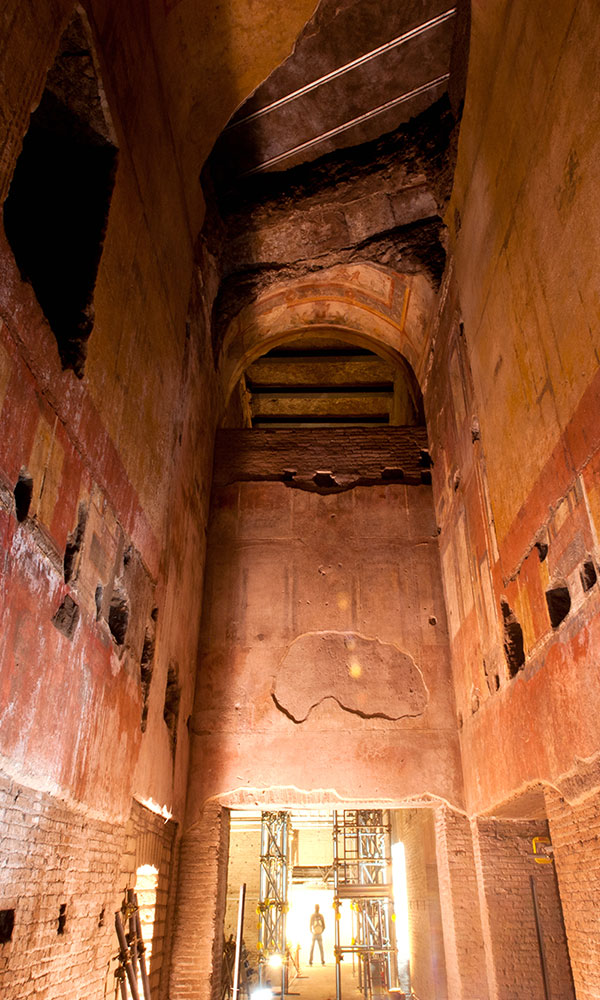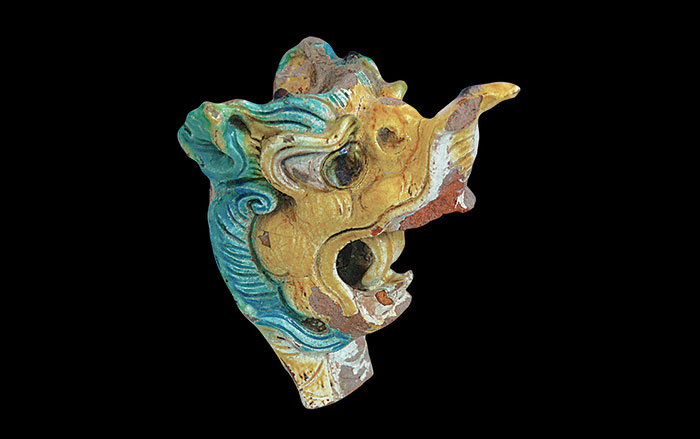
LIVERPOOL, ENGLAND—Graeme Barker of the University of Cambridge and Marta Fiacconi and Chris Hunt of Liverpool John Moores University have studied the pollen in Iraq’s Shanidar Cave. In the 1950s, French scientist Josette Leroi-Gourhan detected pollen in a 60,000-year-old Neanderthal grave in the cave and concluded that the Neanderthals had buried the flowers, known to have medicinal qualities, with the dead. The new research suggests that pollen naturally accumulates in Shanidar Cave in clumps, similar to those found by Leroi-Gourhan, through a combination of wind and insect activity. “This might seem to be the end of a lovely story, but since Leroi-Gourhan’s work researchers have learned much more about the Neanderthals. It is known that some of our ancestors interbred with Neanderthals because their DNA is present in the modern human genome. Archaeologists have discovered that some Neanderthals seem to have used personal ornaments—a sort of prehistoric ‘bling.’ We have been excavating at Shanidar with our colleagues from the Kurdistan Antiquities Service this autumn and the project will be announcing new findings once the scientific work is completed. The story is not over!” Hunt announced in Phys.org. For more, go to "Should We Clone Neanderthals?"











